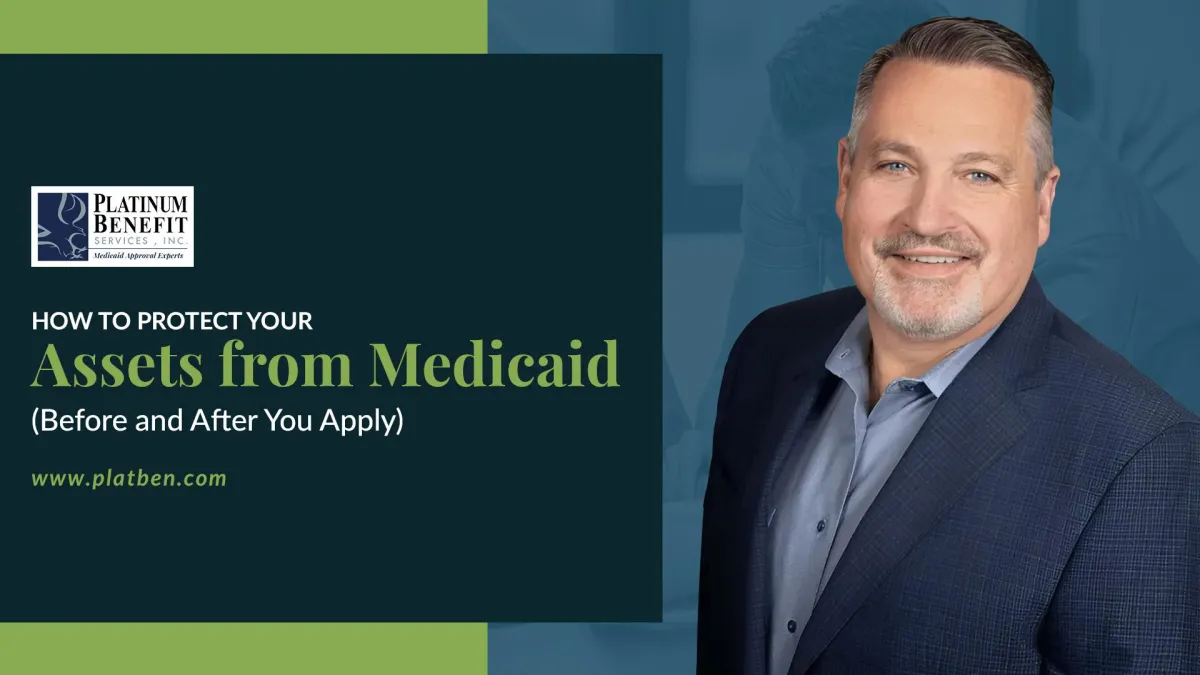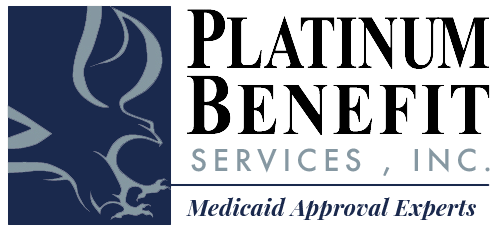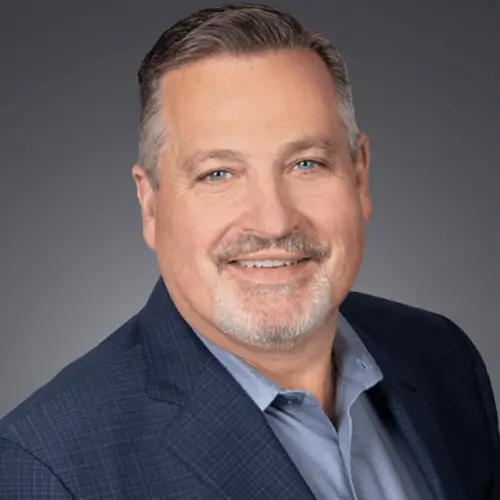
Protecting Assets for Medicaid: Florida Strategies That Work
Understanding how Medicaid affects personal savings and property is one of the most pressing concerns for families facing long-term care. In this episode of Medicaid Mastery, Antony Turbeville, a leading Florida expert in long-term care Medicaid planning, shares strategies for protecting assets, clarifies common misconceptions, and explains why it’s almost never too late to save what you can.
What Are the Most Common Assets Families Fear Losing to Medicaid?
The most common asset families worry about losing is the family home. Many people mistakenly believe Medicaid will take their house. However, in Florida, the home is protected under the state constitution and cannot be seized. Antony reassures listeners that Medicaid has no legal mechanism to take a primary residence. This protection is the same reason public figures like Burt Reynolds and O.J. Simpson moved to Florida—it offers strong protections from creditors.
After understanding the home is safe, families shift their concern to other assets such as savings, cars, brokerage accounts, IRAs, 401(k)s, 403(b)s, and deferred compensation plans. Essentially, families want to preserve the wealth they’ve worked a lifetime to accumulate rather than see it drained by long-term care costs.
Antony emphasizes that Medicaid planning is not about “cheating the system.” Instead, it is about arranging assets to meet government criteria and access benefits that families have already contributed toward through years of taxes and work. Just as taxpayers are not obligated to pay more than what’s legally required, families have the right to structure their assets in a way that qualifies them for Medicaid assistance.
What Assets Count Against Medicaid Eligibility?
Medicaid eligibility depends on what assets are considered “countable.” Antony explains that the first step in planning is listing all assets—homes, vehicles, bank accounts, annuities, life insurance policies, retirement accounts, even property in other states.
Once the list is made, the next step is determining which assets are exempt or excluded. In Florida, a primary residence is exempt if there’s an intent to return home. One vehicle, regardless of its age or value, is also excluded. Even a classic car like a 1964 Corvette can be designated as the primary vehicle if it benefits the family the most.
Certain retirement accounts, such as IRAs and pensions with required distributions, are also non-countable in Florida. Burial plots, prepaid funeral plans, and similar small exemptions further reduce the countable total.
After excluding these non-countable assets, what remains must be strategically arranged. For example, a single person with $210,000 in CDs and bank accounts can keep $2,000 under Medicaid rules. The remaining $208,000 must be restructured into exempt categories to avoid disqualification.
Is It Ever Too Late to Protect Assets?
It is only too late when all the assets have been spent. Antony notes that even if a family has already spent significant amounts on care, any remaining savings can still be protected.
For example, if someone has already spent $130,000 in the past year but still has $50,000 left, that $50,000 can still be preserved. Medicaid planning can often recover up to three months’ worth of recent expenses, but beyond that, previously spent money cannot be reclaimed.
Ultimately, the earlier families act, the more they can save. Waiting until the last dollar is gone leaves no options for protection.
What’s the Difference Between Preplanning and Crisis Planning?
Preplanning involves arranging assets more than five years before needing long-term care. Assets transferred beyond the five-year Medicaid “look-back” period are exempt, even if large sums are involved.
Crisis planning, on the other hand, occurs when no advance planning was done. Medicaid considers all assets as belonging to the applicant unless they are legally exempt. In Florida, a single applicant can only retain $2,000, while a spouse (known as the “community spouse”) may keep up to approximately $154,700 in 2025.
How Can Married Couples Protect the Healthy Spouse?
There are several ways to safeguard the healthy spouse’s financial well-being. One option is “spousal refusal,” where all assets and income are legally transferred to the healthy spouse. That spouse then refuses to pay for the other’s care, shifting the responsibility to Medicaid.
Another approach is lending assets to trusted children through a properly structured promissory note. The funds can later be returned to the healthy spouse once Medicaid approval is secured. After Medicaid eligibility is granted, the state cannot reassess the spouse’s assets—even if the healthy spouse later wins the lottery.
Other methods, such as annuities or trusts, are sometimes used but come with drawbacks. Annuities may require liquidating appreciated assets, which can trigger taxes, and any remaining annuity funds after both spouses pass away must be paid to the state.
Are Annuities or Trusts the Best Option?
Antony explains that annuities are often overhyped as a solution. To purchase one, families must first liquidate other assets, potentially causing large tax liabilities. Medicaid-compliant annuities also require naming the nursing home spouse as the primary beneficiary and the state as a contingent beneficiary. If both spouses pass away before the annuity is depleted, any remaining funds must go to the state rather than the family.
While annuities can be a tool in rare cases, Antony prefers other asset protection strategies that carry fewer risks.
What Are the Biggest Mistakes Families Make?
Two major mistakes commonly derail Medicaid planning.
Believing there’s nothing they can do. Many families assume they must spend everything on care, but in reality, there are numerous strategies to preserve savings. Antony has yet to see a case where he couldn’t protect almost 100% of the remaining assets.
Taking well-meaning but incorrect advice. Neighbors, friends, or even attorneys without Medicaid expertise may suggest steps that cause more harm than good. For example, prematurely transferring a home or moving funds can create unnecessary complications. Families should consult a qualified Medicaid planning professional to avoid costly missteps.
Is It Worth Planning If Only a Small Amount Remains?
Antony encourages families to protect whatever they can, even if it’s only $20,000. This amount can still cover burial expenses or provide for the family. Since these savings are non-taxable, it would take far more effort to earn that amount through work than to preserve it through proper planning.
It’s only truly too late when the last dollar has been spent.
Final Thoughts on Medicaid Asset Protection
Antony concludes by emphasizing that Medicaid planning is not about exploiting loopholes—it’s about using the rules to protect families who have worked hard and paid taxes all their lives. With proper planning, families can safeguard their homes, savings, and dignity while still qualifying for the care they need.


